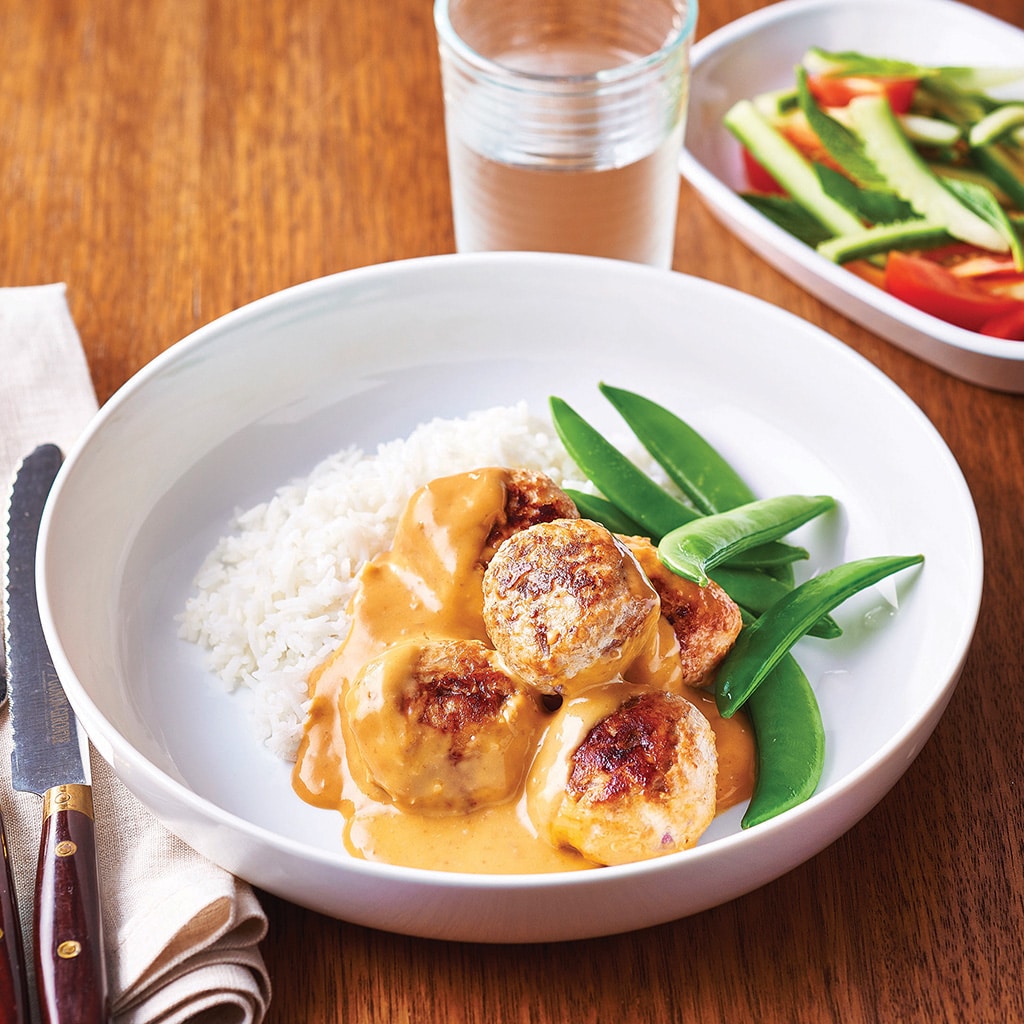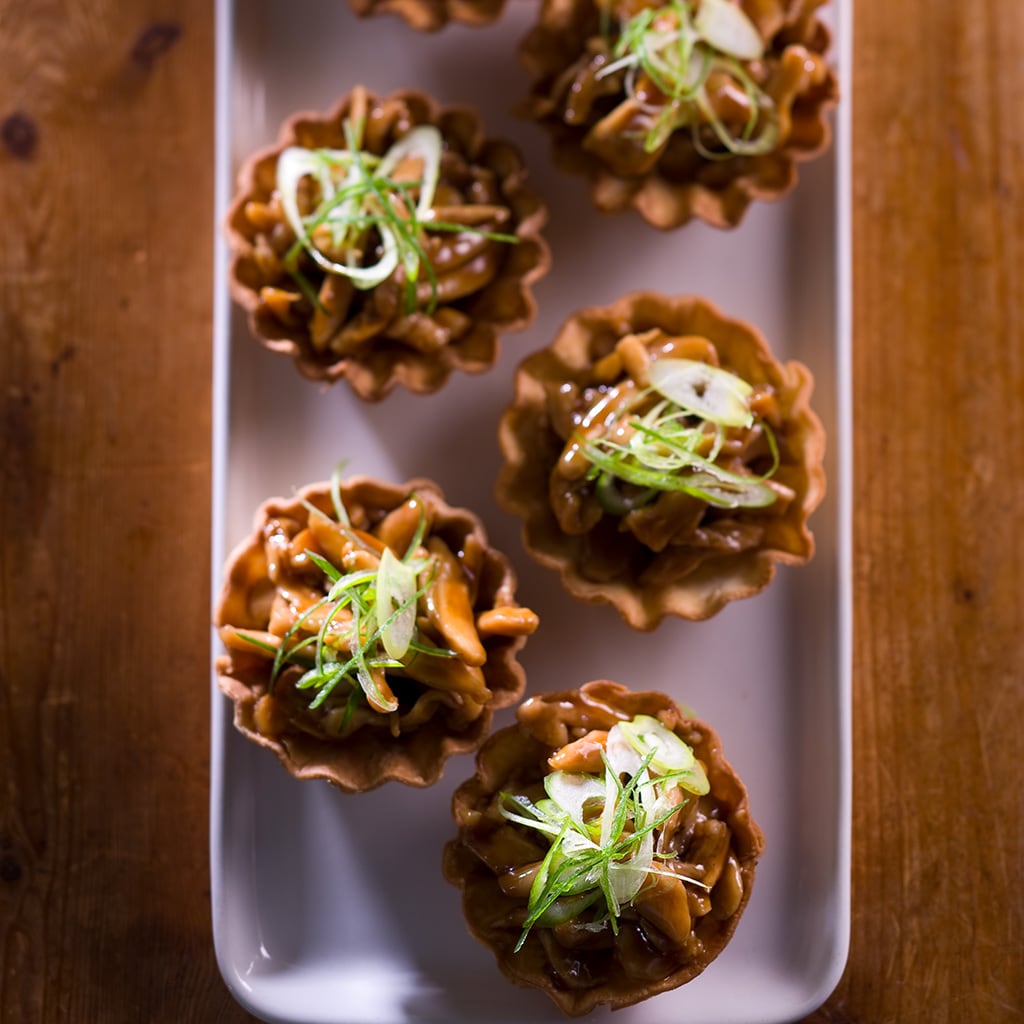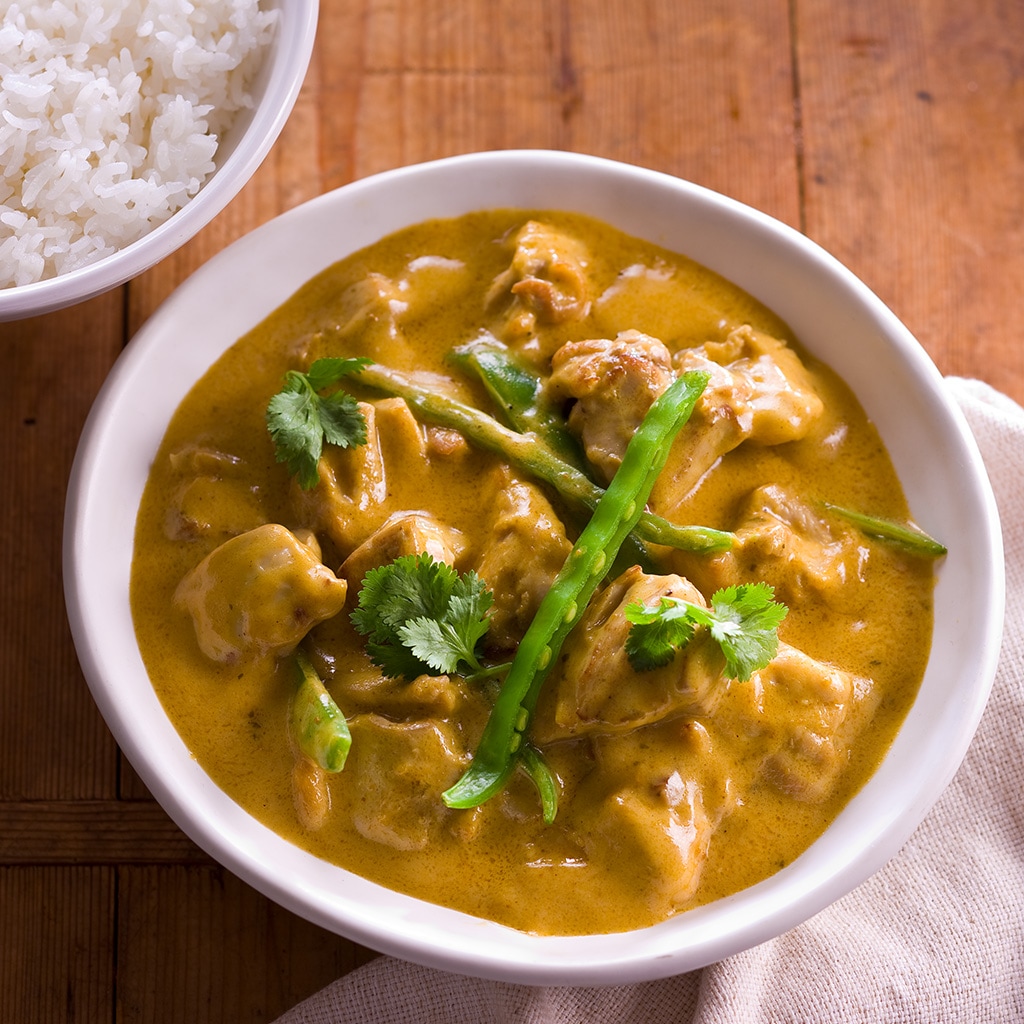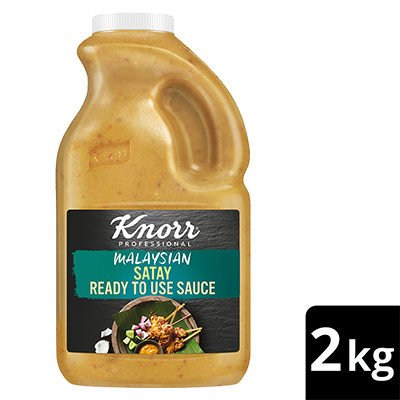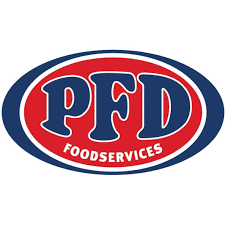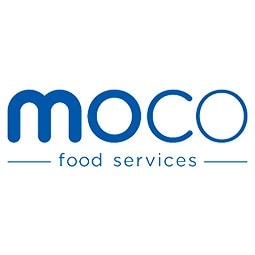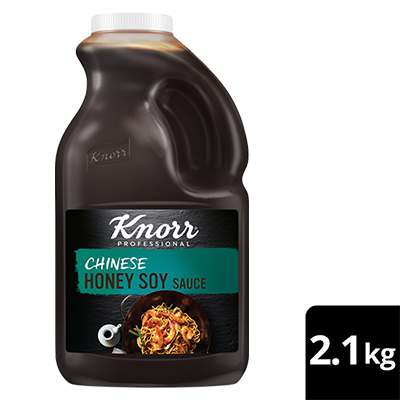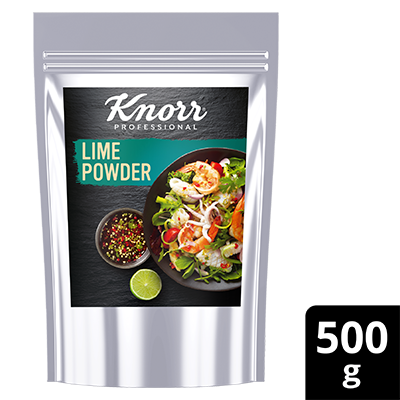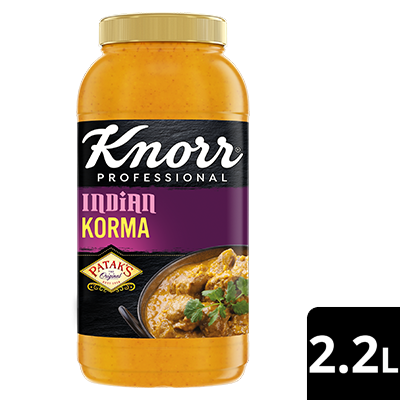Over 1500 years ago, the Malay Peninsula opened its doors to trade and ships arrived from the Middle East, India, Europe, China and Indonesia. These settlers and tradesmen brought with them a multitude of spices and flavours that amalgamated in a melting pot of culture and cuisine that has managed to retain its own unique flavour to this day.


Malaysian food is heavily influenced by Thai, Chinese, Indonesian and Indian cuisine. These influences extend from the use of the wok to the combinations of spices used in many popular Malay dishes. This blend of different spices has led to fragrant combinations of coriander and cumin (which form the base of many Malay curries) with lemongrass, kaffir lime leaves, cardamom, star anise and fenugreek.


Malaysian cuisine typically uses local ingredients such as coconut, chilli, lemongrass, lime leaves, spices, and saffron. These basic ingredients are used to cook fish, meat and vegetables. Peanuts also feature in Malaysian cuisine. Satay, one of the most famous local dishes, is made with beef skewers or marinated barbeque chicken served with a delicious peanut sauce.


Malay food is generally spicy and will always, at the least, be accompanied by a chilli-based sambal. Rice is a staple and ‘Nasi lemak’, a dish of rice steamed with coconut milk and served with dried anchovies, peanuts, hard-boiled eggs, dried shrimp, cucumber and sambal, is considered Malaysia’s national dish and can be served for breakfast, lunch or dinner. It is often served with a spicy meat stew called ‘Rendang’.
Early Chinese settlers gave rise to a generation of mixed Chinese-Malays known as Peranakan. The Malay word "nonya", a term of respect for older women, has become synonymous with the distinctive Malaysian-Chinese cooking style of the Peranakans.
The most popular dish, made with this style of cooking, is a spicy noodle soup called ‘Laksa’. There are two types of Laksa - Curry Laksa, which is a coconut curry soup with noodles and Asam Laksa, a sour fish soup with noodles.


Malaysian desserts are delicious and wonderfully colourful and creative. Dessert offerings feature layered rice flour and coconut sweets, multi-layered butter cake known as Lapis Legit, and sweet coconut rice balls. A popular dessert is ‘Kueh Bahulun’ - mini sponge cakes that are dipped in black coffee.



That spices rule when it comes to Malaysian cuisine is evident from the fact that it borrows from Thai, Chinese, Indonesian and Indian influences. The Peanut Salad Bowl is a typical example where Prosciutto meets crunchy peanuts and fresh prawns mixed with Malaysian Satay Sauce.
Satay Vegetables - Malaysia's fav street food of grilled veggies with Satay Sauce. These finger-liking flavours are a balance of the crunchy and soft, bitter and sweet, sour and salty.


Ho Jiak - Penang street food, traditionally eaten with your hands, meets generous family style Nyonya feasts in this authentic Malaysian restaurant. Try their Nasi Goreng, Laksa, Hainan Chicken, Egg Noodles, Chicken Satay, Crab Meat and Ice Milk Tea.
Alice’s Makan - Located in a food court, this restaurant serves up delicious Malay cuisine. Must try’s are Hainan Chicken, Rice Noodles, Beef Rendang, Chicken Soup, Pork Sausage, Roti, Milk Tea and kuih.
Laksa King Melbourne - Authentic Malaysian joint known for its Seafood Laksa, Prawn Noodles, Curry Laksa, Mee Goreng, Roti, Lemon Chicken and Ice Kachang.
Bunga Raya - This family-owned Malaysian restaurant is a must visit for their Hainanese chicken on rice and the fried squid or chicken in their secret XO sauce.

Disclaimer: The content of this article is created for inspiration purposes only. It is not intended as clinical, medical or nutritional advice.


